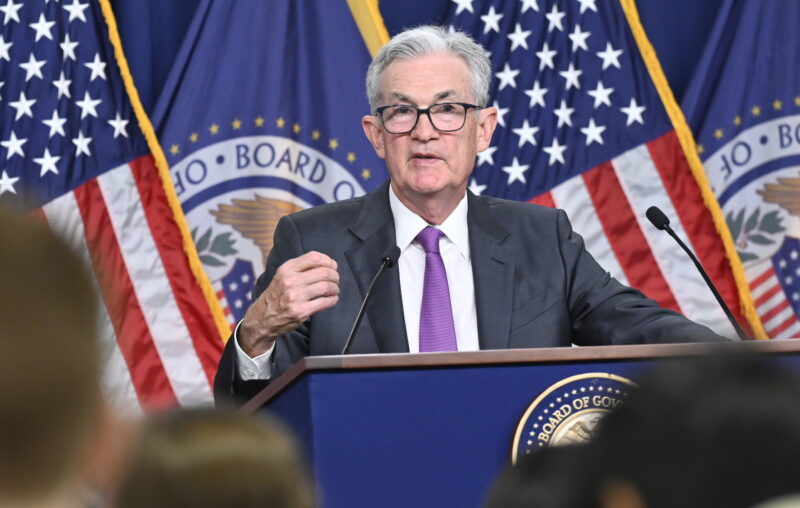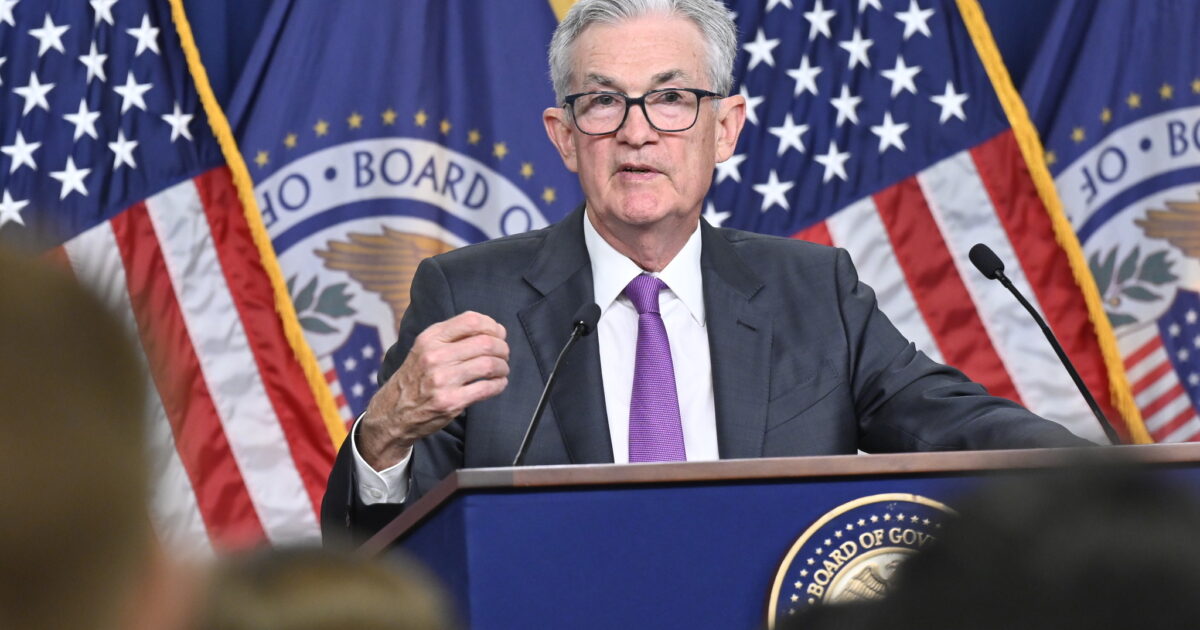
Throughout the pandemic restoration, inflation reached the very best charges in 40 years, largely pushed by the Federal Reserve’s extreme financial coverage. The Fed bought “behind the curve” by not elevating its rate of interest goal quick sufficient, even as soon as it grew to become obvious its personal coverage was guilty.
Whereas some officers are reluctant to just accept it, Fed Chair Jerome Powell now acknowledges the Fed’s errors. When requested in a latest interview whether or not the Fed was too gradual to acknowledge inflation in 2021, Chair Powell admitted, “in hindsight, it could’ve been higher to have tightened coverage earlier.”
In reality, the Fed was not just too gradual to acknowledge inflation. Moderately, it worsened inflation by persevering with its financial growth even after the unfavorable results had been identified.
Transitory Inflation?
From the early pandemic restoration by way of mid-2021, inflation seemed to be largely brought on by supply-chain disruptions, which led to shortages of manufacturing inputs like lumber and automotive pc chips. These issues restricted provide and drove up the costs of properties and automobiles, respectively.
In line with Powell, such dislocations led the Fed to misidentify inflation as primarily a supply-side phenomenon. “We noticed what we thought was that this inflation, appeared to be largely restricted to the products sector and to the provision chain story,” he stated.
If that alone had been the problem, inflation would have been solely a “transitory” downside that dissipated because the financial system recovered and provide issues alleviated. As Powell describes, “we thought that inflation would go away pretty shortly with out an intervention by us.”
A Rise within the Fall
By the autumn of 2021, costs had been rising throughout the financial system, not simply in supply-constrained sectors. Such broad-based will increase appeared to have been brought on by extreme financial coverage somewhat than by supply-side disruptions.
Powell acknowledges this in his latest remarks, noting that “within the fourth quarter of ‘21, it grew to become clear that inflation was not transitory within the sense that I discussed.”
Whereas the admission is heartening, the Federal Open Market Committee (FOMC) ought to have realized even earlier than the fourth quarter that rising inflation was more and more demand-driven.
Powell then provides, “and we pivoted and began tightening.” However did they?
It’s true that Powell modified his language, saying on the FOMC’s November press convention that Fed officers “settle for duty and accountability for inflation within the medium time period,” and that, “the extent of inflation we’ve got proper now could be under no circumstances according to worth stability.”
Regardless of these admissions, nevertheless, the Fed was nonetheless actively increasing the cash provide at the moment and didn’t truly begin tightening for one more 4 months.
Though the Fed slowed the speed of its open market purchases in December of 2021, it continued its expansionary quantitative easing (QE) program till mid-March of 2022. The FOMC raised its rate of interest goal vary barely in March however didn’t make substantial will increase till Could, six months after acknowledging its duty for top inflation.
In reality, the Fed engaged in a passive financial growth by way of Could of 2022 since actual rates of interest had been truly falling. What issues for financial exercise is the true rate of interest, that’s the short-term rate of interest minus the speed of inflation. Since inflation was growing by greater than the Fed’s goal charge from late 2021 by way of mid-2022, actual rates of interest had been falling.
So somewhat than beginning to tighten coverage within the fourth quarter of ‘21, as Powell described, the Fed was implicitly loosening coverage by way of Could of ‘22.
Classes Not Discovered
Powell credit the Fed’s actions for bringing inflation again down in direction of the Fed’s two % goal. “It’s important that we did that,” he stated in his latest interview. “It was vital that we did that. And that’s a part of the story why inflation’s happening now.”
Whereas it’s true that the Fed’s actions helped convey inflation down, it’s arduous to provide Fed officers an excessive amount of credit score: they solved an issue they created. Had the Fed began tightening in late 2021, as Powell claims, it may have prevented inflation from surging. As an alternative, officers pushed it to the very best charges in 40 years.
Whereas it’s notable that Powell admits the Fed was too gradual in figuring out financial coverage as a reason behind inflation, we should always acknowledge that the Fed didn’t act for a number of months after this downside was identified. We will hope that acknowledging this error will enhance Fed coverage by serving to stop such errors sooner or later.


